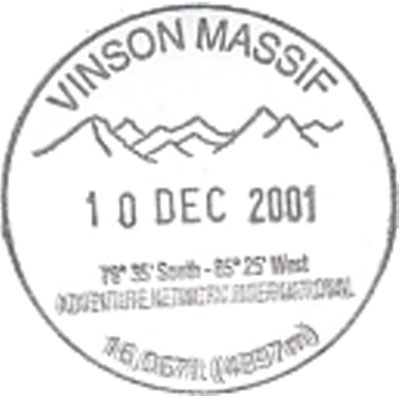
Antarctica’s highest mountain is Mt Vinson in the Sentinel Range of the Ellsworth Mountains, at the base of the Antarctica Peninsula. The Sentinel Range stretches for more than 130km (80 miles), drawn up like pieces on a chess board against the edge of the greatest sweep of ice in the world – a vast, barren plain, bigger than North America. The elegant symmetrical pyramids of striated metamorphic rock, laced with icy runnels, grow in stature towards the heart of the range, culminating at the centre in the complex high-glacial massif of Vinson. Its summit is 1 190 km (700 miles) from the South Pole and, from the top, there are breathtaking views to the neighbouring peaks of Mt Shinn and Mt Gardner. The most recent remeasurement of the range puts Mount Vinson at 4 897m (16,067ft), 52m (170ft) higher than nearby Mount Tyree.